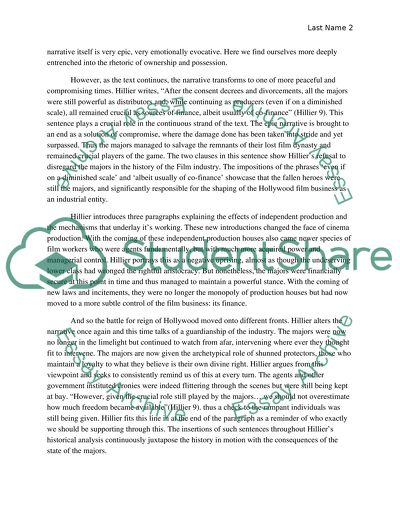Cite this document
(“Research report about Movie Mavericks: Creativity, Crisis and Change Essay”, n.d.)
Retrieved from https://studentshare.org/environmental-studies/1407648-research-report-about-movie-mavericks-creativity
Retrieved from https://studentshare.org/environmental-studies/1407648-research-report-about-movie-mavericks-creativity
(Research Report about Movie Mavericks: Creativity, Crisis and Change Essay)
https://studentshare.org/environmental-studies/1407648-research-report-about-movie-mavericks-creativity.
https://studentshare.org/environmental-studies/1407648-research-report-about-movie-mavericks-creativity.
“Research Report about Movie Mavericks: Creativity, Crisis and Change Essay”, n.d. https://studentshare.org/environmental-studies/1407648-research-report-about-movie-mavericks-creativity.


